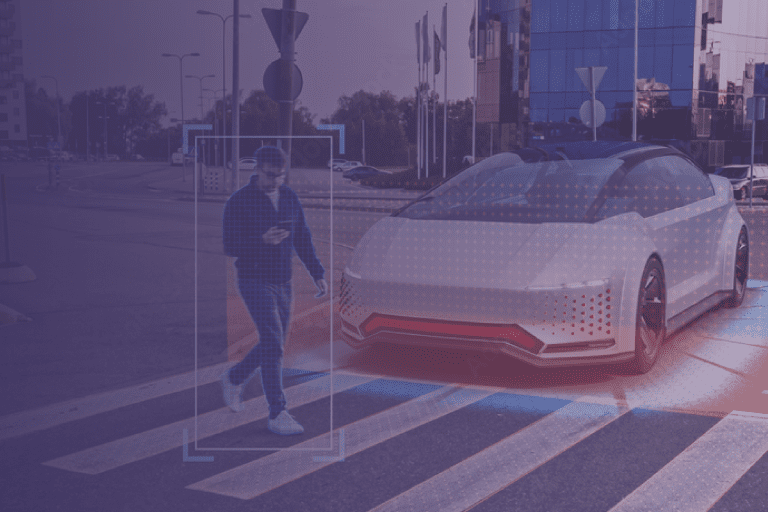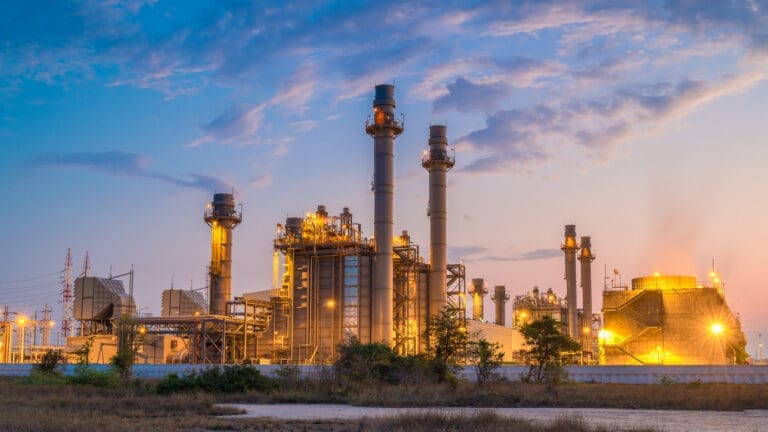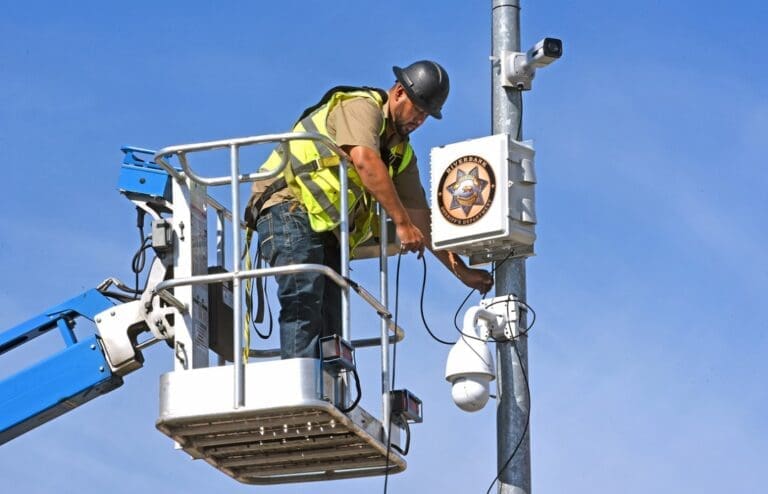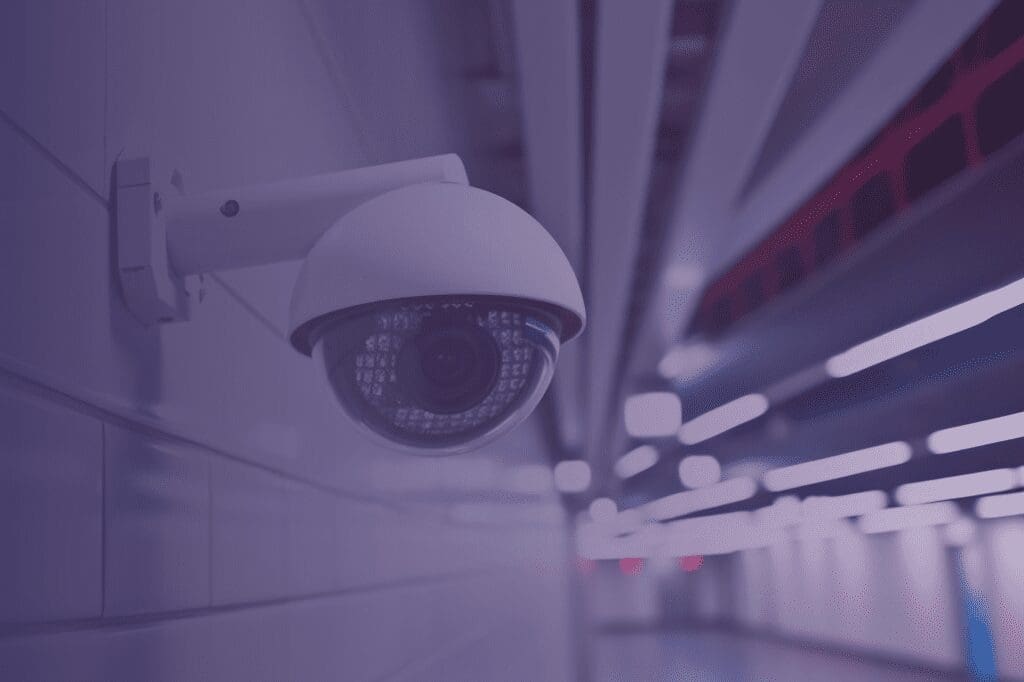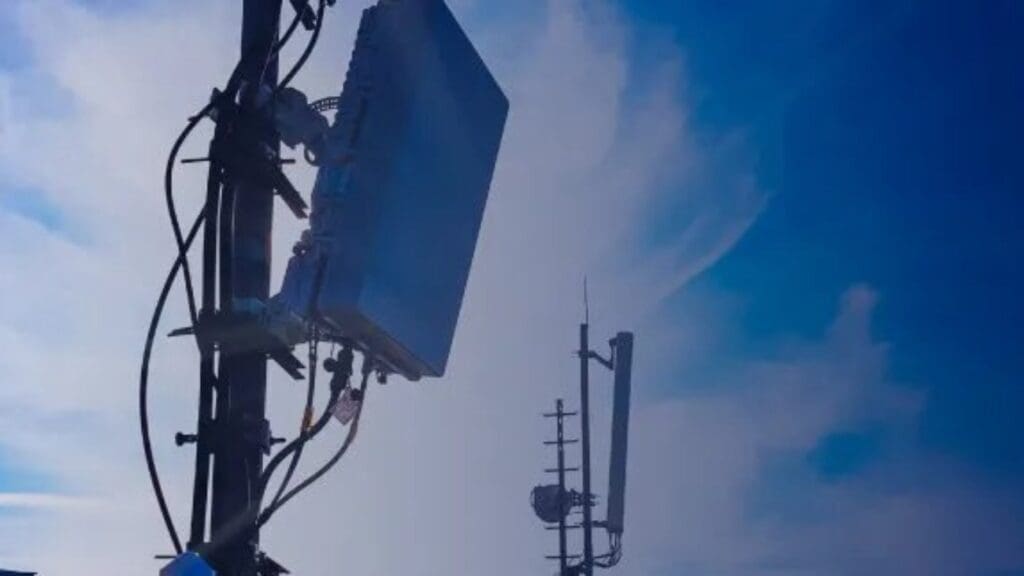Shaping the Future
EPIC iO is thrilled to announce its acquisition of Twenty20 Solutions. We’re poised to transform the landscape, harnessing our collective expertise to drive innovation and empower organizations globally.


Creating a Safer, Smarter, and More Connected World
Trusted by Companies Across the Globe
They save time, boost operational efficiencies, and improve their profitability.











Trusted by Companies Across the Globe











THE CHALLENGE
Rethink How You Oversee Operations
Don’t just present facts and wait for human interaction. EPIC iO helps boost your productivity and effectiveness by turning mounds of data into useful info instantly and proactively driving appropriate actions.




Our Solution
Everything You Need to Elevate Operational Excellence
By using EPIC iO you can uncover patterns, generate predictions, and inform action. Our architecture can quickly design, develop, and deploy, helping companies achieve the following:
Advantages and Benefits
Technology That Goes Beyond Data Capture
What Sets EPIC iO Apart
Delivering tangible outcomes.
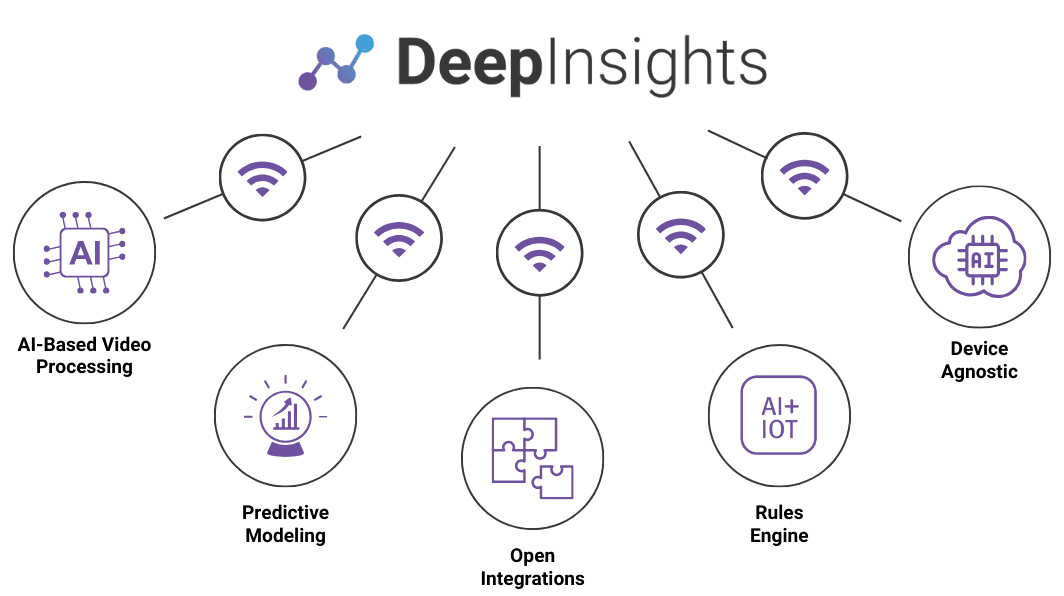

-
Unbreakable connectivity
-
Cross carrier data pooling
-
Edge computing, device agnostic
-
Live video with instant AI analytics
-
Real-Time, alerts, and corrective response actions
-
AI-powered rules engine, data visualization
-
Tailor-made dashboard to make data-backed decisions
-
Scalable, integrated, interoperable end-to-end solution
Platform and Products
Modular and Scalable System to Cover Any Need
Our agile architecture enables rapid design, development, and deployment, empowering companies to streamline processes, boost operational efficiency, and adapt swiftly to dynamic market demands.


IMPACTFUL OUTCOMES
Smart Cities
-
Live Security Alerting
-
Forensic Security Review
-
Safe Parks
-
Intelligent Transportation
-
Smart Parking
-
License Plate Recognition
-
Energy Monitoring
-
Water Monitoring
-
Environmental Monitoring
Smart Environments
-
Live Security Alerting
-
Forensic Security Review
-
Vaping and THC Detection
-
Room Disinfection
-
License Plate Recognition
-
Watchlist/Safety Threats
-
Fire Detection and Alert
Smart Retail
-
Shelf Access Trends
-
Foot Traffic Heat Map
-
Loss Prevention
-
Queue Monitoring
-
Parking Lot Occupancy
-
Parking Lot Safety
-
License Plate Logging
-
Restricted Area Security
-
Cold Storage Monitoring
Smart Utilities
-
Live Security Alerting
-
Sensor Monitoring
-
SCADA Integration
-
Remote Surveillance
-
Thermal AI Monitoring
-
License Plate Recognition
-
Infrastructure Conditions
-
Equipment Monitoring
Smart Healthcare
-
Patient Monitoring
-
Slip and Fall Detection
-
Cold Storage Monitoring
-
Private Cellular Network
-
Infection Control
-
Patient and Staff Safety
-
HIPAA Compliant
Awards and Recognition
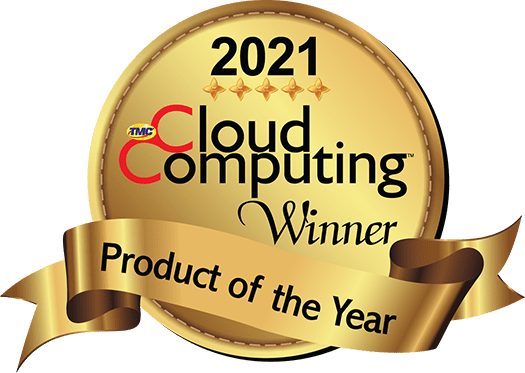

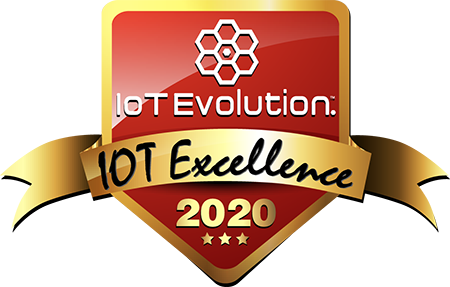

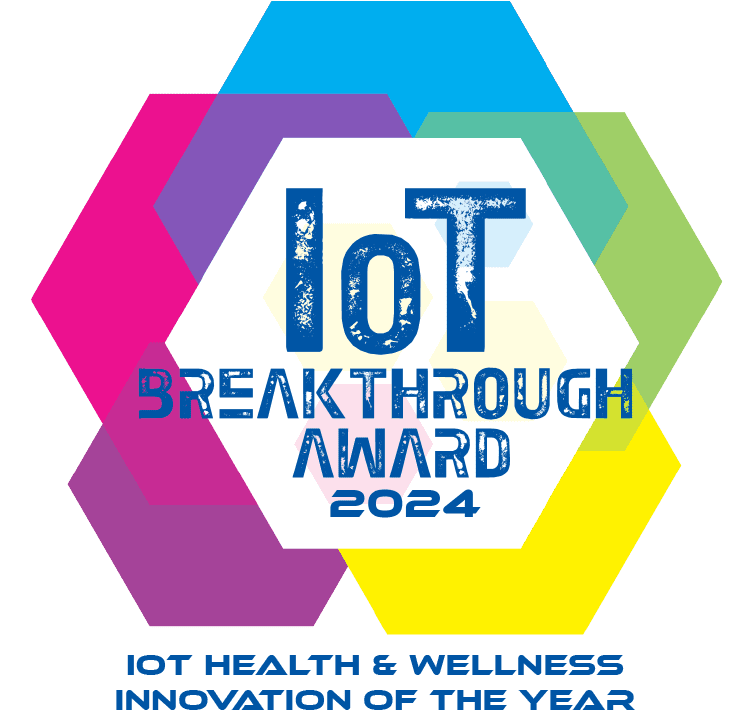

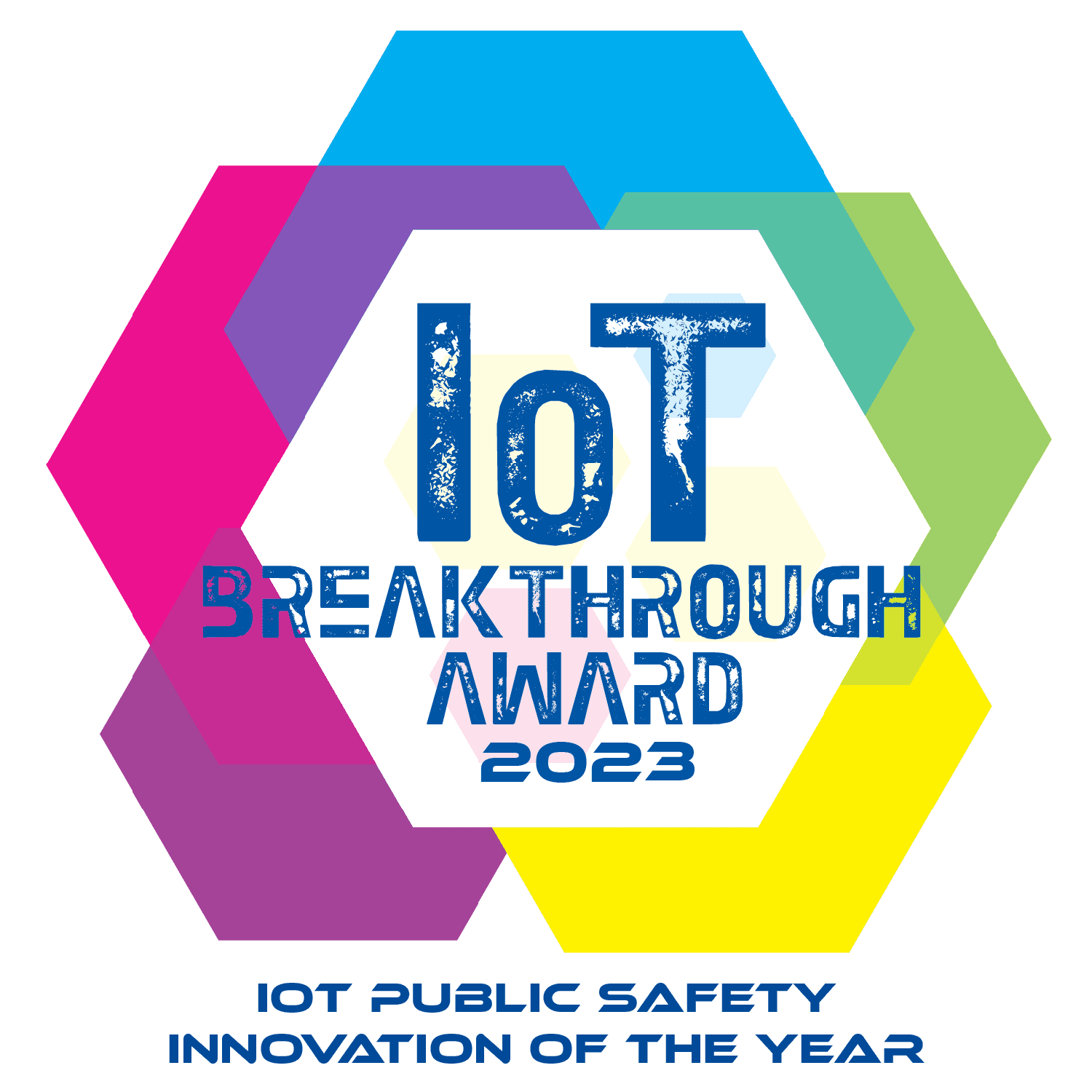





















Awards



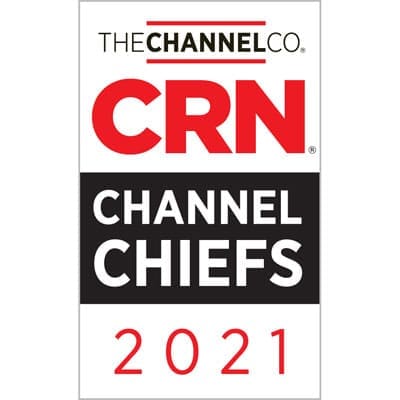
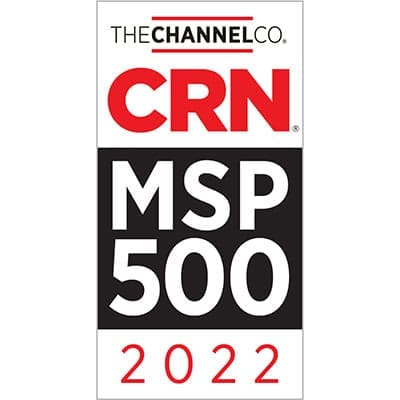


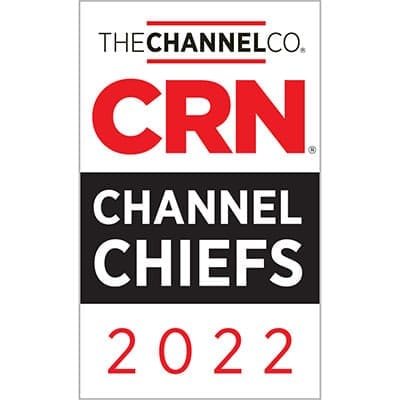

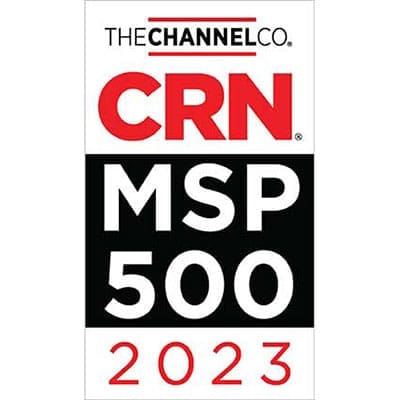




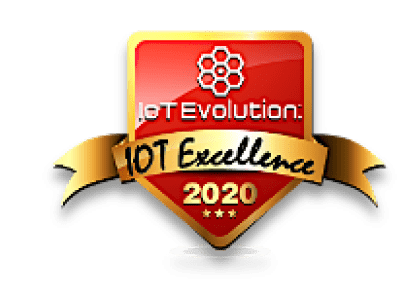

Discover the Power of EPIC iO
Learn how iconic companies transformed their physical operations into safer, smarter, and more connected outcomes.
100%
Of clients intend to continue working with EPIC iO.
7/10
Say EPIC iO is more than a "nice to have", it's a MUST have.
100%
Of the clients surveyed, all noted EPIC iO meets or exceeds uptime expectations.
The EPIC iO Point of View
Check out the latest industry trends, outlook, and best practices.
Stay in the Know with EPIC iO
Receive the latest market and product updates directly to your inbox.

